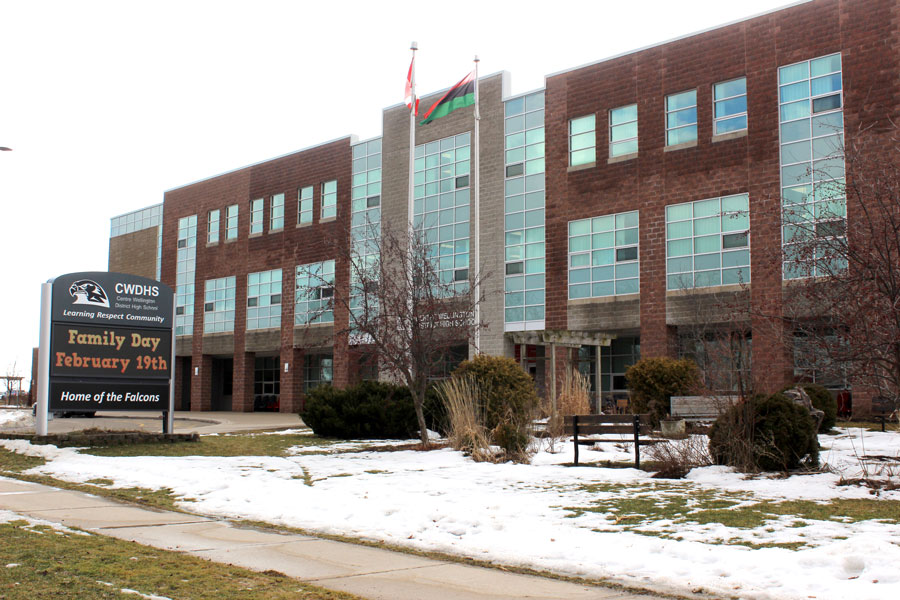WELLINGTON COUNTY – Trustees at the Toronto District School Board are considering increasing cell phone restrictions, and British Columbia Premier David Eby said that province will be supporting school boards in implementing stricter cell phone policies.
But within the Upper Grand and Wellington Catholic District School Boards, principals say they’re sufficiently supported by policies already in place.
At both local boards, students are allowed cell phones at school, as long as the phones don’t disrupt learning.
Within schools and classrooms, principals and teachers are free to implement cell phone restrictions that work best for them.
Wellington Catholic
St. Mary Catholic School principal Justin Di Loreto said at the Elora elementary school he feels like staff “do a pretty good job of making sure cell phone use isn’t an issue.”
“Many kids do bring cell phones to school,” he said, but they know to keep them inside bags or lockers during the day, including at lunchtime and recess.
Phones need to be kept away, Di Loreto explained, because if not, it’s “really hard for these young students to stay away from them. They can just be such a big distraction.”
Di Loreto has noticed students are getting cell phones at younger ages, and he can understand why.
“Families want to make sure kids are safe – so they can contact them after school or before school,” he said.
But during school hours, if a parent needs to speak with their child, or vice versa, Di Loreto said they are welcome to use the phone in the office instead.
Though there are consequences when kids break the cell phone rules, Di Loreto said that doesn’t happen often.
“Students here know the rules and abide by the rules for the most part,” he said.
Upper Grand
At Centre Wellington District High School (CWDHS), principal Janine Grin said students and families have recently received reminders about cell phone rules in an effort to ensure students are clear about expectations.
The reminders came in response to feedback from students, parents and staff who reported noticing cell phones causing distractions during the first semester, Grin said.
And after the reminders were rolled out, she said some students came up and thanked her, because they don’t want to be distracted by improper cell phone use in class.
The key message, Grin said, is that cell phone use can only happen in the “right time and right place.”
CWDHS students are allowed to use cell phones outside of class time, such as during lunch breaks and in hallways between classes.
Phones are permitted during this time because students use them to socialize, Grin said, and because it gives them an opportunity to build self-regulation skills and learn how to use phones in a respectful and responsible way.
Cell phones are not allowed to be used in private spaces such as locker rooms and bathrooms.
Some CWDHS teachers, particularly in the science department, choose to collect cell phones in a plastic bin at the start of class.
“The board policy supports us to do what we need to,” Grin said. “It really provides clarity on the balance that we are looking for” – a balance between the educational opportunities cell phones can provide and their potential to cause distractions.
Benefits of cell phones
Di Loreto and Grin agree at times cell phones can be useful educational tools.
At both schools there are times when teachers will give students explicit permission to use phones to participate in educational activities during class time.
Phones can also be used as organizational tools for time management, Grin noted, and apps like speech-to-text and translation can help with accessibility and accommodation needs.
Cell phones can make lessons more dynamic, she added, and can make it easier for more quiet students to participate in group work.
Grin said CWDHS students may also use cell phones to:
– participate in interactive teaching programs that encourage collaboration or provide instant feedback on quizzes;
– take photos of school projects that can be used in portfolios;
– make graphing calculations; and
– research ideas, such as tech projects and hairstyles in cosmetology.
Whenever teachers allow cell phones to be used, students can opt to use devices provided by the board instead.




